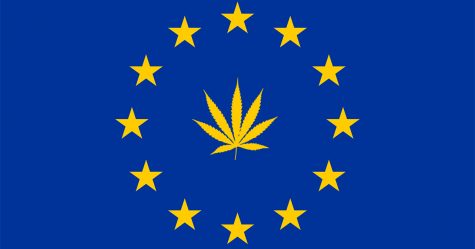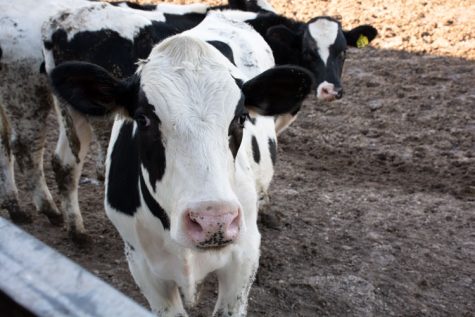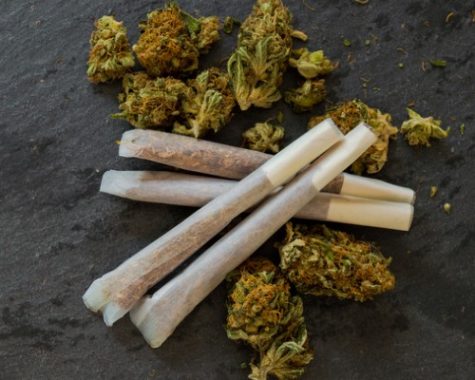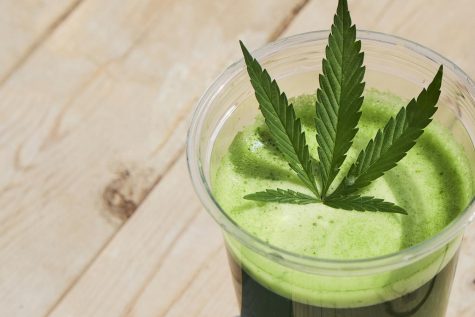Report shows that Illinois harvested 73 percent of hemp crops planted last year
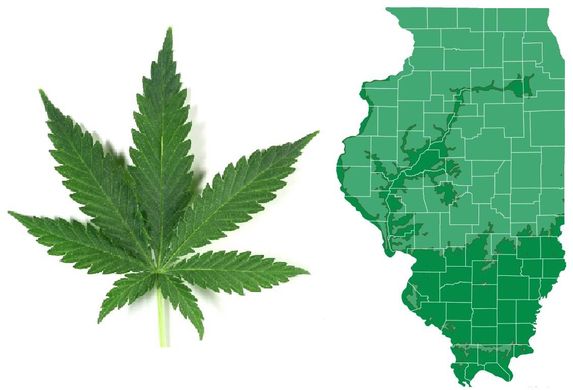
A report highlighting first-year hemp production totals in Illinois shows that farmers managed to successfully harvest an impressive 73 percent of their crops in 2019. These figures are desirable, what with the weather being slightly unfavorable during the state’s initial launch year for hemp cultivation.
Published on April 8 by the Illinois Department of Agriculture (IDOA), the report confirmed that hemp farmers in Illinois churned out almost 2.3 million pounds of the green plant last year. The entire quantity was produced for industrial purposes; 1.48 million pounds of biomass and 595,128 pounds of flower was used for the creation of CBD, while the remainder of the harvest was used for alternative purposes.
The hemp produced in Illinois during 2019 also constituted 65,489 pounds of seed; suitable for being pressed into hemp seed oil or used specifically for planting. In addition to this, 15,107 pounds of stalk was recorded in the 2019 harvest of hemp in Illinois; stalk can be used to create animal bedding, fiber and other types of animal products.
Hemp farmers in Illinois experienced success, despite weather challenges
Heavy rainfall in spring combined with a drought in the summertime meant that Illinois hemp farmers had their work cut out. Nonetheless, the high harvest rate was deemed a victory for the state’s cultivators. The success was unexpected, what with the IDOA calling the state a disaster in terms of its erratic weather patterns last year.
This is according to bureau chief of medicinal plants at the Department, Jeff Cox, who also provides oversight for the hemp program in Illinois. Cox also offered some insights into the primary reasons for statewide production of the plant, stating how he has noticed an upward trend for hemp fiber production. On the other hand, he says that the vast majority of farmers are interested in growing the plant for CBD production.
Although the unpredictable weather may have put pressure on Illinois hemp farmers in 2019, the state is experienced in agriculture. Corn and soybean crops have been grown historically across the state, where the production capabilities, climate and cultivation infrastructure are admirable.
“There was a whole lot of talk about how much the market was going to flood this year because of so many new people and the expansion of acreage,” said the executive director of the National Hemp Association, Erica Stark, in a statement last year. “But I don’t think there were as many successful acres harvested as anticipated.”
Finding buyers posed a challenge for hemp farmers in Illinois
Illinois might not be a stranger to the agricultural industry, but generations had passed before hemp seeds were sown in the state’s fertile soil last year. Even the most experienced farmers would have needed to study the art of hemp harvesting in order to yield major crops amid the intense weather. Nonetheless, an abundance of crops sprouted out of the soil, resulting in hemp overproduction.
The state’s agriculture director, Jerry Costello, says that farmers had difficulty finding buyers for their crops. There was also the challenge associated with selling hemp plants to the state’s processors in 2019, when the Illinois Department of Agriculture distributed hemp production licenses among 561 farmers.
“The department has been diligently working to open markets for growers to sell their hemp,” Costello said in a statement.
Of the 561 license holders, 514 of them planted at least one acre of hemp; as previously mentioned, 73 percent of the acreage was harvested. The state is currently operating under the 2014 pilot hemp program, along with 22 other states. Illinois will continue to operate under the program for the entire of this year’s production season. This could soon change,l once the IDOA presents its new production plans to the U.S. DOA this summer.



